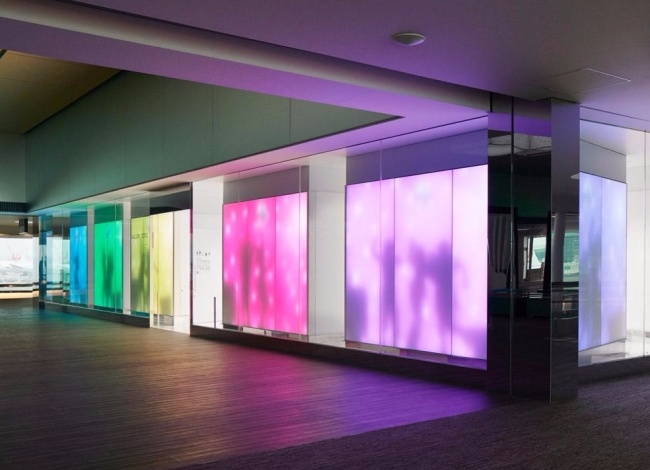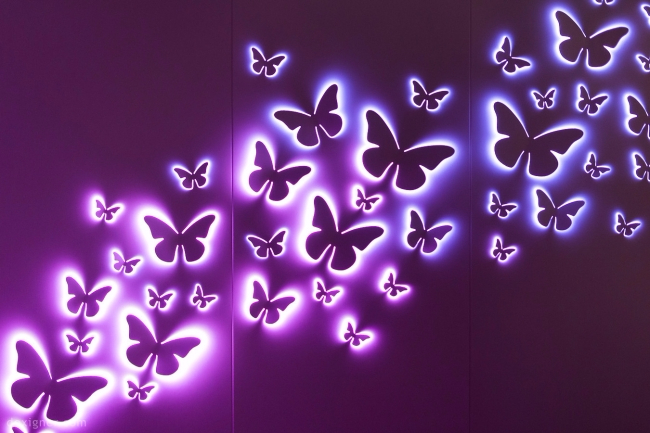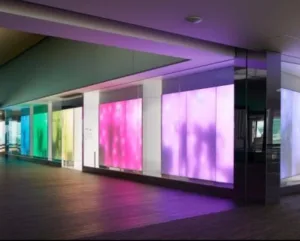Philips Lighting, with several recent press releases, is making it plain that the firm plans to remain an innovator in developing new higher value added solid state lighting applications. Philips’ press releases span a collaboration with Xiaomi to launch a network connected Desk lamp, to an expansion of its collaboration on connected home lighting to include partners Bosch, Logitech, and Samsung, to yet another collaboration with Cisco to address the billion $ market for office lighting. However, Philips’ efforts on its new Luminous Patterns and Luminous Textile products illustrate the convergence of lighting and display products based on solid state lighting.

The advent and application of solid state lighting using inorganic and organic light emitting diodes has impacted the display industry in profound ways. LEDs and OLEDs have found application in LCD display backlights, AMOLED display smartphones, large format displays, digital signage, and many more. Philips with its Luminous Textile product (photo below) clearly connects applications for illumination, information display, and digital signage.
 Source: Philips
Source: Philips
The photo above shows an installation at Japan’s Narita International Airport incorporating 17 Philips’ Luminous Textile panels. The imagery shown on the panels is a dynamic full color display. Philips offers a content manager application for the panels which allows the user to create, edit and upload videos to the Luminous Textile panels. The technical specifications for the Luminous Textile panels state that the RGB pixel pitch is a relatively coarse 60 mm with a luminance up to 170 cd/m2 depending on the textile covering selected.
The Luminous Textile panels are unlike glass, concrete or steel surfaces in that they absorb sound and thus also serve an acoustic function. Philips states that the Luminous Textile “can play a decorative, as well as practical role everywhere from open offices, reception areas, restaurants to hotels and airport lounges.” Judging by the numerous Luminous Textile project examples on the Philips website, the panels are finding substantial commercial applications in retail, hospitality, public space, architectural and corporate office installations.
Unlike the Luminous Textile product with dynamic programmable imagery, the new Luminous Patterns offering from Philips Lighting (example in photo below) delivers a fixed appearance with the opportunity to provide spatial and temporal animation and variable color lighting.
 Source: Philips
Source: Philips
Philips sees the Luminous Patterns product being applied in hospitality, retail, office and healthcare venues. The Luminous Patterns product can be customized to create unique appearances. Four different light styles are offered including panels with “sparkling round nodes, radiant lines, 2D cutouts and 3D foldouts” as in the photo above. The LED lighting can be supplied in warm or neutral white or in full RGB. The Luminous Patterns lighting system are “digitally connected” to enable dynamic lighting effects.
Philips’ Luminous Textiles and Luminous Patterns offerings bring new forms of information displays and ambient lighting to the built environment while offering the low energy consumption and long operating life associated with solid state lighting. – Phil Wright

